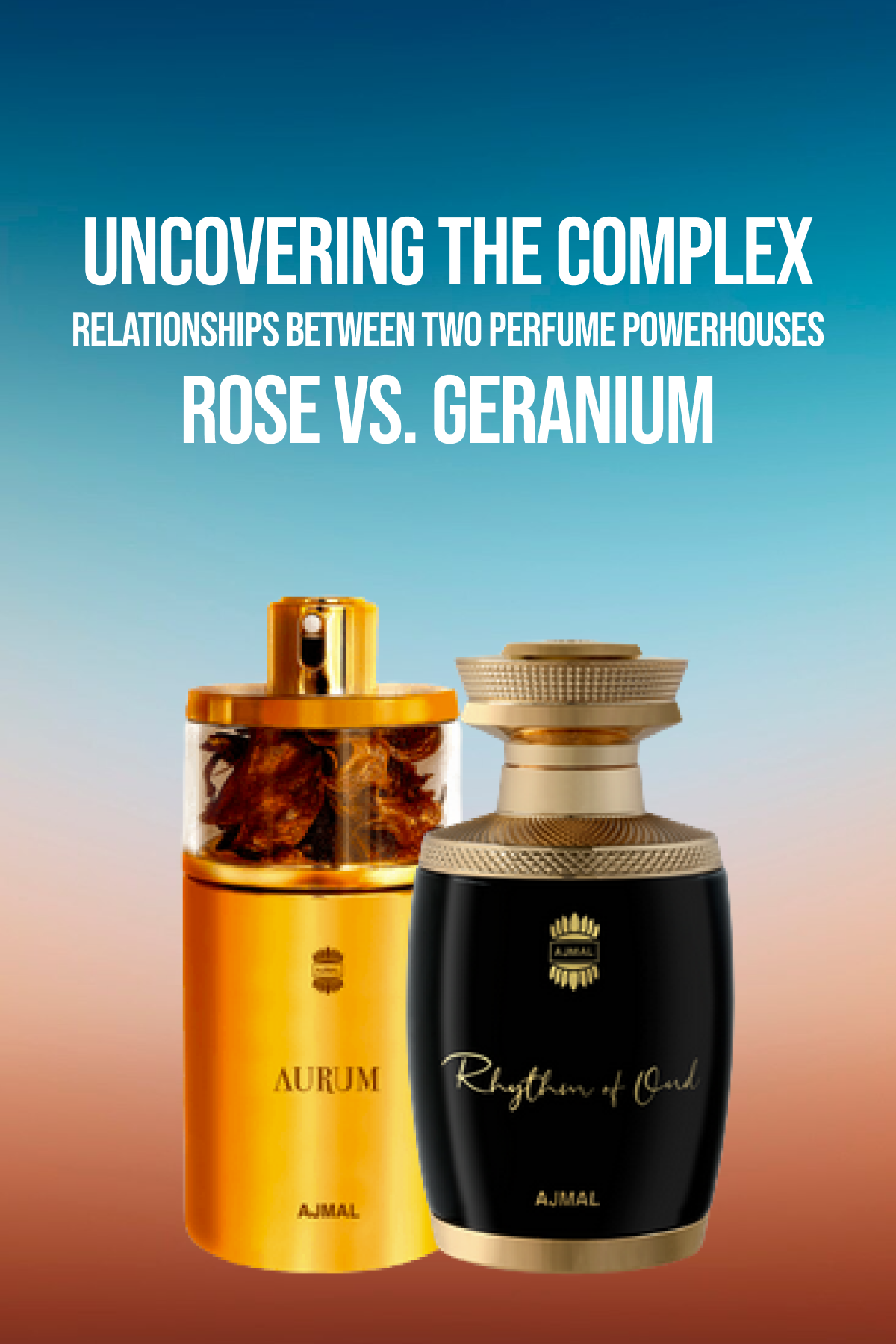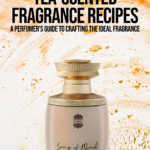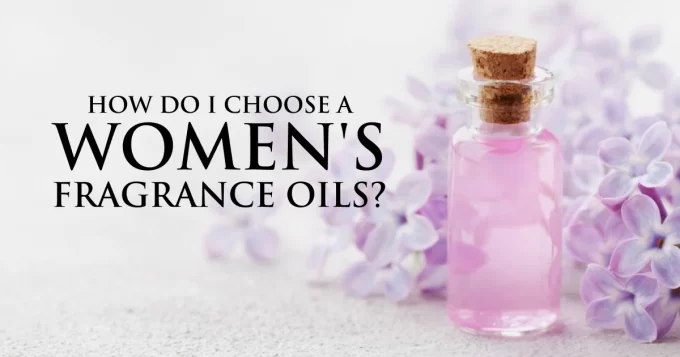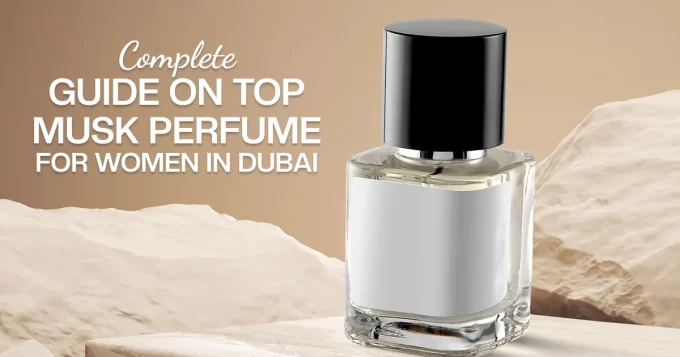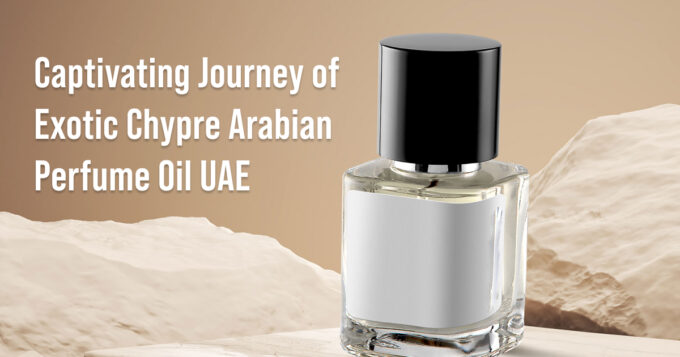Uncovering the Complex Relationships Between Two Perfume Powerhouses: Rose vs. Geranium
Few interactions in the fascinating realm of aroma are as fascinating as that between geranium and rose. Perfumers and fragrance connoisseurs have long been interested by the amazing affinity that exists between these two renowned perfume ingredients, despite their apparent differences.
Investigating the complex chemical and aromatic relationships between geranium and rose tells a rich and varied tale and illuminates the subtle differences that bind these two valuable materials together despite their differences.
The Rose and Geranium Shared Chemistry
The chemical similarity between geranium and rose powder is the fundamental link between the two plants. Numerous volatile chemical substances, such as terpenes, are produced by both plants and are essential in determining their unique fragrance profiles.
The main components of these common terpenes are geraniol and linalool, which give both geranium and rose their distinctly floral, rose-like scent. These molecules collaborate with a variety of other complementing substances to produce the alluring aroma that has made geranium and rose commonplace in the perfume industry.
The Dissimilarities and Reliabilities of Olfactory
Rose and geranium have different smell characteristics, although having certain chemical similarities. Rose is a floral fragrance that is deep, velvety, and complex, with notes of honey, fruit, and even a trace of spice. It is obtained from the petals of several Rosa species. In contrast, geranium has a stronger citric undertone and a more grassy, green, and slightly minty version of the floral motif.
The distinct ratios and interactions of the many terpenes and other volatile chemicals found in each plant are responsible for these modest fragrance variations. For example, geranium frequently shows a higher concentration of citronellol, which adds to its refreshing, almost lemony undertones, while rose typically displays a more prominent rose oxide content, giving it a more pronounced, real rose character.
The Adaptability of Geranium and Rose in Fragrances
Rose and geranium have similar chemistry and aroma profiles, which makes them indispensable tools in the perfumer’s toolbox for a myriad of imaginative uses and olfactory investigations. Rose has always been a mainstay in traditional floral scents, from the powdered, vintage-inspired chypres to the voluptuous, amorous bouquets, thanks to its ageless elegance and alluring complexity.
Conversely, geranium is a versatile ingredient that may be found in a wide range of fragrance families, such as zesty, crisp colognes and fragrant fougères. Its versatility comes from its capacity to infuse a variety of fragrance compositions with depth, freshness, and a sense of natural liveliness; it frequently acts as a unifying note between discordant parts.
Perfumers have pushed the limits of rose and geranium, investigating their more avant-garde and unusual applications in the world of niche and artisanal perfumery. Expanding the boundaries of what rose and geranium can offer the fragrance industry, these perfumers have revealed fresh and compelling olfactory experiences by spotlighting their more odd qualities or mixing these famous components with unexpected notes.
The Changing Interaction Between Geranium and Rose
The bond between rose and geranium is set to deepen as the market for natural, ethically sourced, and sustainable perfume ingredients expands. More and more, perfumers are looking for ethical and inventive ways to obtain these precious ingredients. They are investigating different approaches to extraction and cultivation that highlight the distinctive characteristics of these materials while tackling social and environmental issues.
Furthermore, the interaction between rose and geranium is probably going to get even more complex and fascinating as perfumery becomes more refined. In order to create new scents that appeal to a contemporary, sophisticated audience, perfumers may explore more into the complex chemical and olfactory relationships between these two components.
Fragrance lovers will undoubtedly be enthralled and motivated for decades to come by the everlasting appeal of these two perfume titans, whether it takes the shape of a classic, refined rose scent or a zesty, herbaceous geranium blend. The interaction between rose and geranium will surely continue to be an intriguing and dynamic aspect of the world of perfumery as it develops.
The Importance of Rose and Geranium in History
The use of rose and geranium in perfumes and cosmetics dates back to ancient civilizations, and they are widely respected in this field. The literature of the ancient Egyptians, Greeks, and Romans mention the usage of roses in fragrances and cosmetics, highlighting their exceptional beauty and captivating fragrance.
Conversely, geranium’s origins are deeply rooted in the herbal traditions of numerous nations across the globe. For generations, people have used its calming, invigorating qualities in aromatherapy, medicinal, and even food applications.
But it wasn’t until the 19th century that the scent affinity between geranium and rose really became apparent. The complementary character of these two floral notes was recognized by perfumers as perfumery developed into a more sophisticated art form, and as a result, their usage in classic perfumes of the time increased.
The Typical Aromas of Geranium and Rose
Within the perfume industry, geranium and rose have each created their own distinctive scent profiles, which enable perfumers to utilize these special attributes to create a variety of scent combinations.
Often referred to as the “queen of flowers,” the rose note has a rich, velvety, and nuanced floral perfume that varies from the powerful, sensuous rose of contemporary interpretations to the delicate, sentimental rose of traditional chypres. The adaptability of roses has long been tapped into by perfumers, who use them to ground floral arrangements, accentuate woodsy compositions, and even infuse oriental scents with a hint of extravagance.


